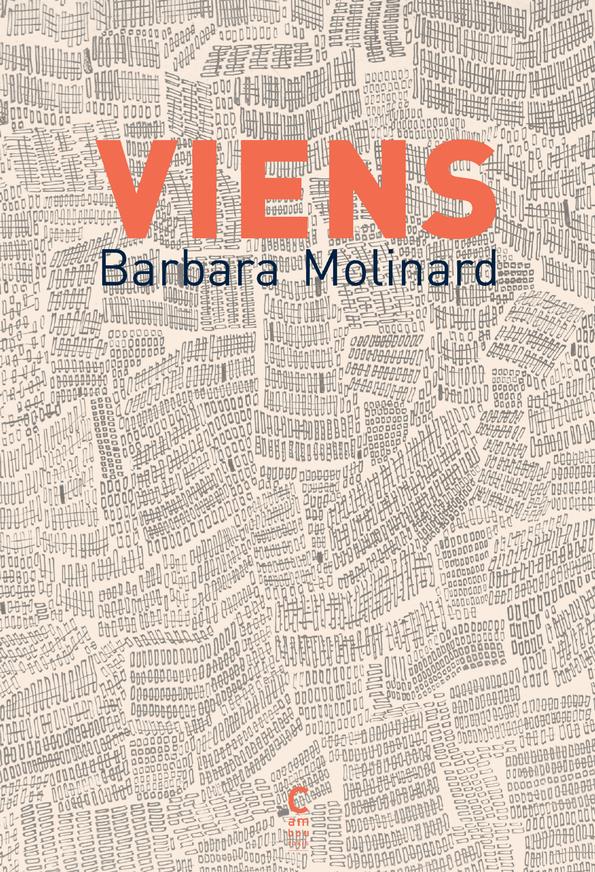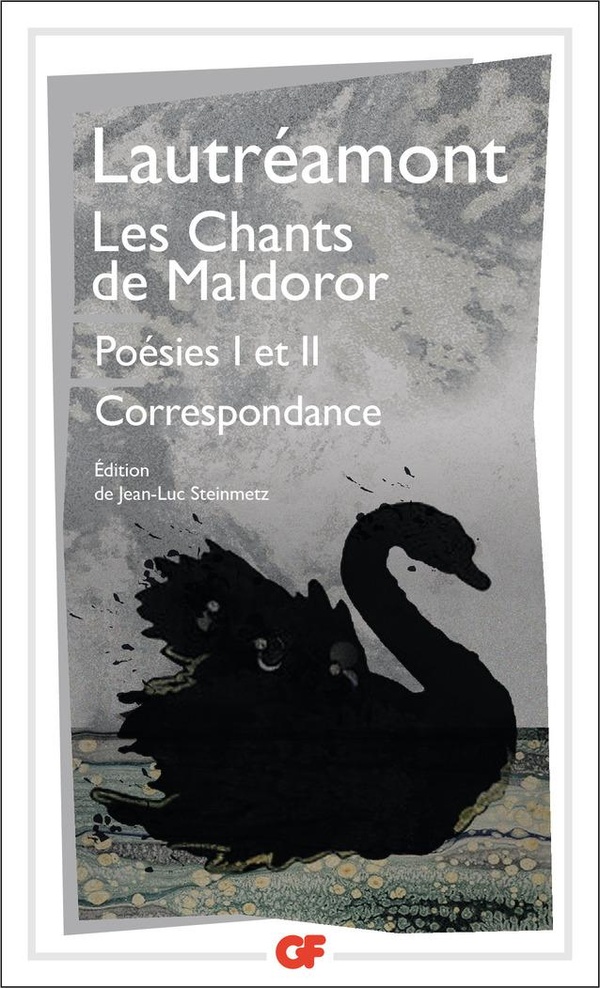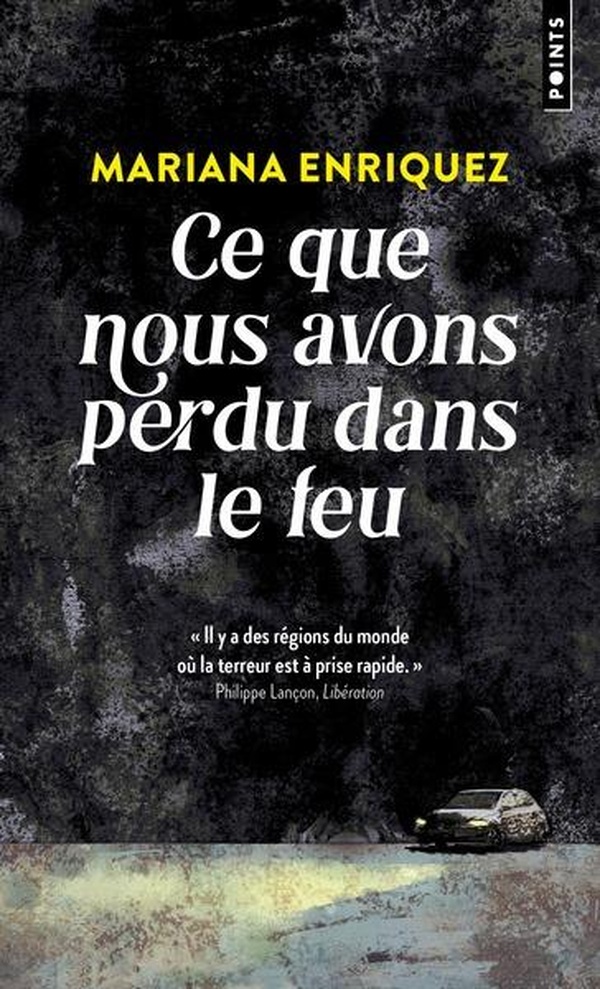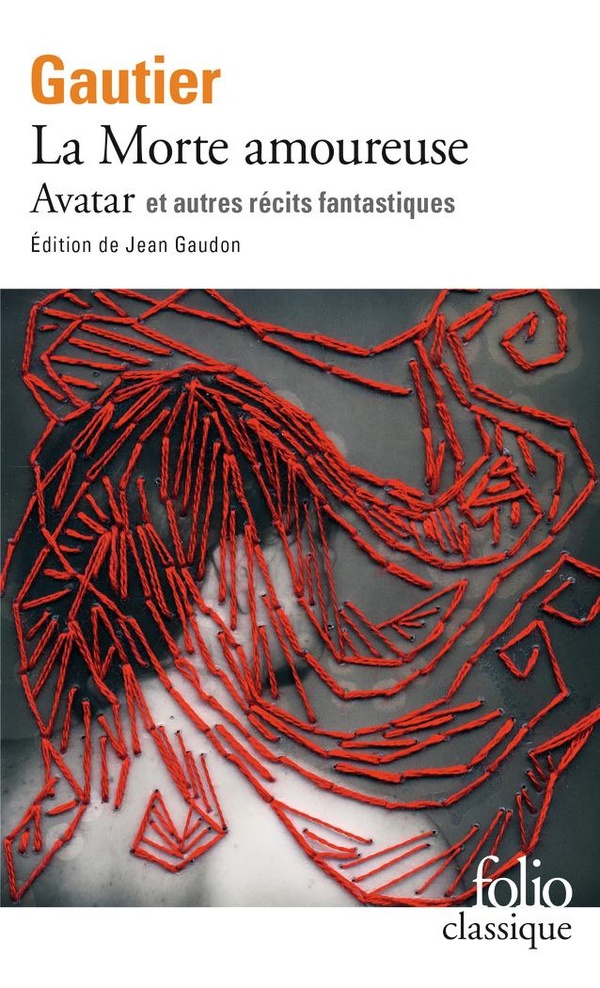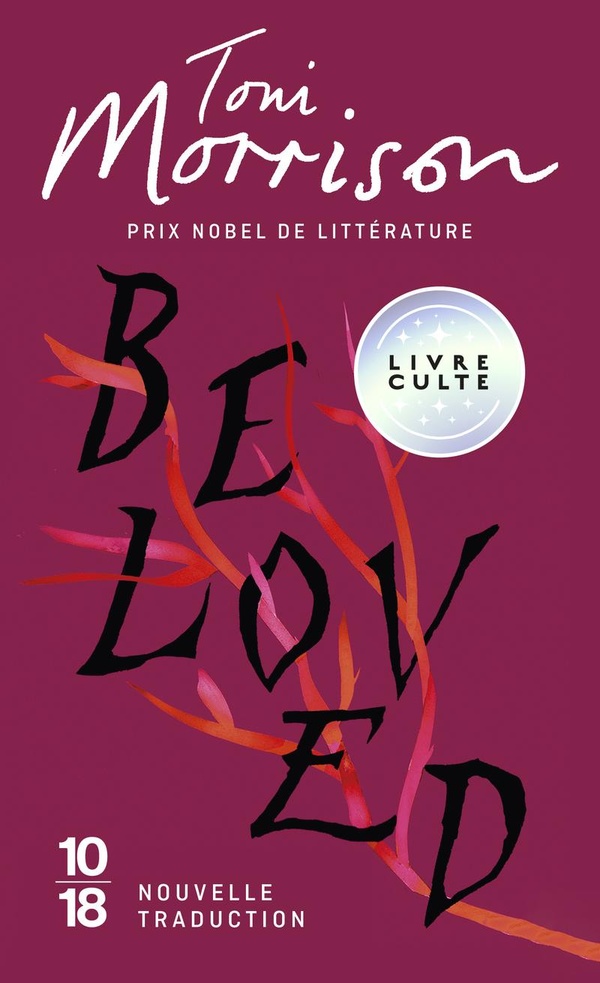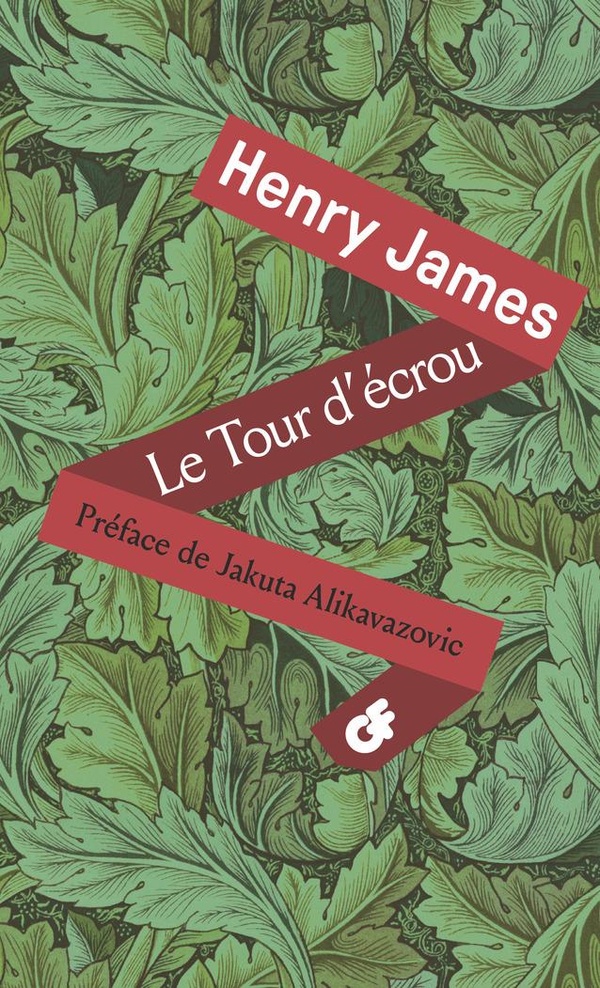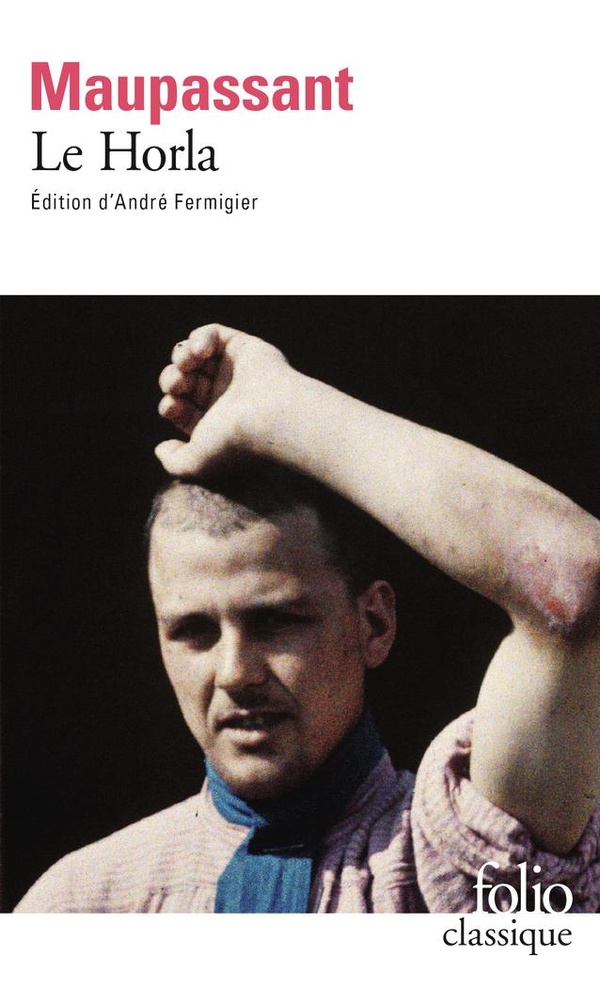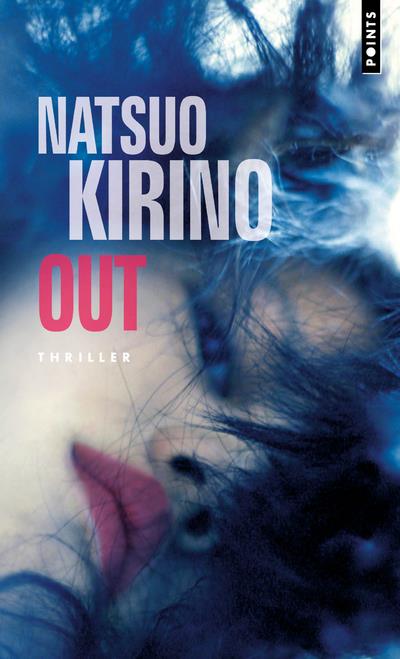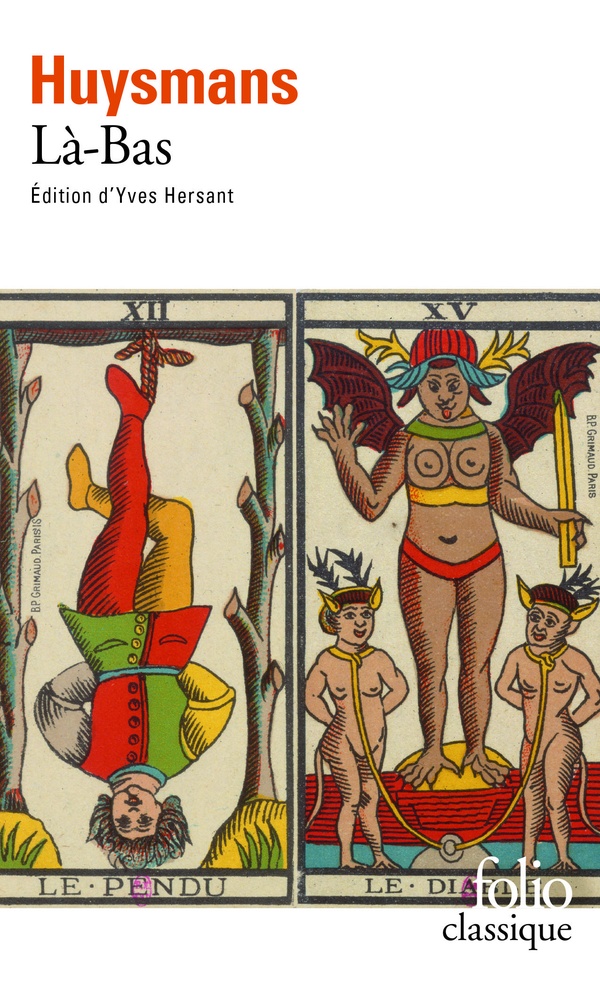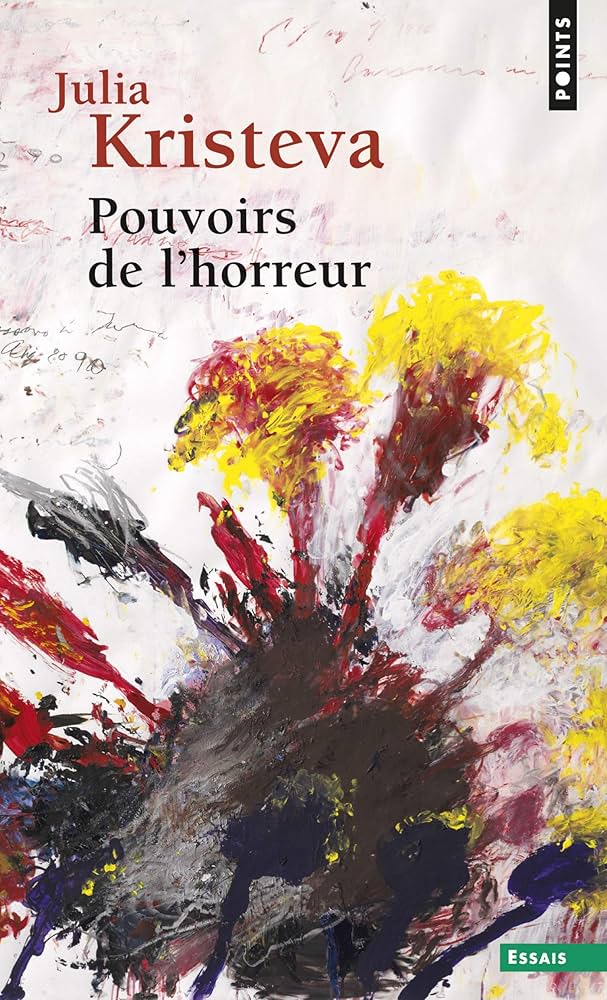Gothic horrors and troubled souls, contemporary and past
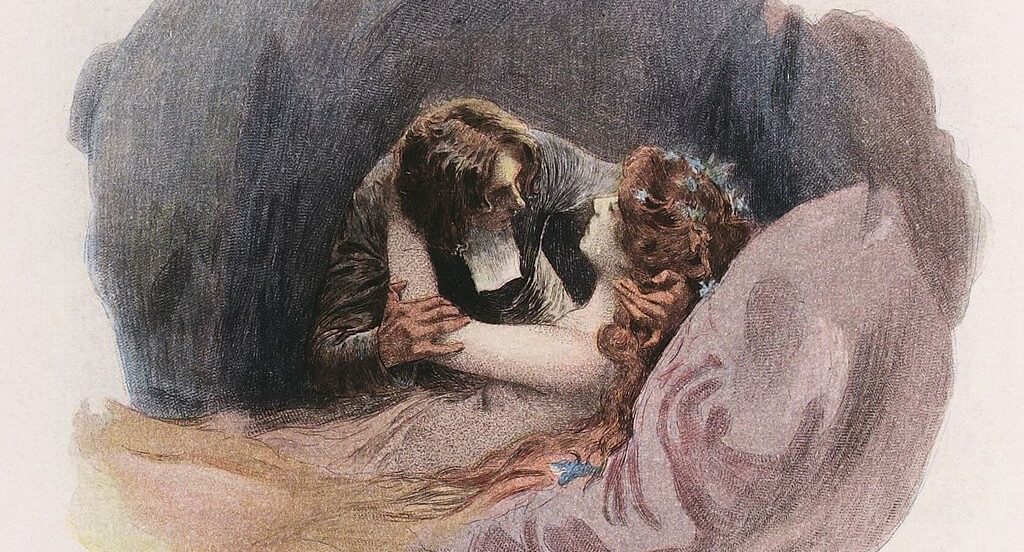
Despite the oddly temperate weather that kept us warm in New York the last few weeks of September, fall has already begun and winter is right around the corner. This October’s reading list features both classics and hidden gems, from short stories to novels, that will help inspire chills and thrills as the days get shorter and the nights get eerier. The following ten books will take you on a journey through the occult, haunted houses, a dreadful factory, and a mysterious zoo. The fascination with trauma, violence, desire, and death has consumed writers over the centuries and continues to stay relevant to readers today. Horror is not only an entertaining genre that elicits excitement via goosebumps; it is also a contemplative genre that can help us process political issues and identity crises.
Reading List
Throughout the stories that make up Viens (translated as Panics in English), Barbara Molinard sketches out a surreal universe, built on an imagination as powerful as it is disturbing. But while these stories follow the paradoxical logic of dreams, they also echo a very real sense of unease. Each in their own way, the characters who inhabit these pages reveal their most intimate obsessions.
These thirteen stories beat with a frantic, off-kilter rhythm as Molinard obsesses over sickness, death, and control. A woman becomes transfixed by a boa constrictor at her local zoo, mysterious surgeons dismember their patient, and a narrator tells of how she was stopped from sleeping in a cemetery vault, only to be haunted by the pain of sleeping on its stone floor.
For Barbara Molinard, writing was both consuming and liberating. Although she wrote throughout her life, she systematically destroyed each of her texts—until she met Marguerite Duras, who managed to convince her to “part” with a few stories long enough to have them published. Viens thus offers us a unique opportunity to glimpse into the mind of a woman who was tormented by the topics of violence and mental illness. Her writing captures the contradictions of the female experience in the twentieth-century.
Isidore Ducasse, alias Lautreamont, is best known for his work, Les Chants de Maldoror. “Reading Maldoror is dizzying,” wrote Maurice Blanchot. As we delve into the poet’s psyche, we are alternately captivated and repulsed by the sublime and monstrous images that take shape one after another and challenge us: how can one be “as beautiful as the chance encounter on a dissecting table of a sewing machine and an umbrella?”
This epic prose poem follows the misanthropic character, Maldoror, a figure of Evil who has renounced conventions of morality, in a style that is reminiscent of religious fanaticism. Lautreamont died young and unnoticed until his work was rediscovered in the 1890s by Huysmans, Léon Bloy, Maeterlinck, and Rémy de Gourmont. He has now been canonized as the spiritual ancestor of the Paris Surrealists.
Mariana Enriquez is one of the contemporary greats when it comes to weaving genre horror with literary finesse. In this short story collection, Enriquez creates eerie, unsettling tales that implicitly nod to the ghosts of Argentinian past. The twelves stories use abandoned houses, black magic, superstitions, and abrupt violence (as especially experienced by women) to explore the troubled years of Argentina in the 70s & 80s and its aftermath. The stories include the forced disappearances of people during the Dirty War, women who burn themselves in protest of domestic abuse, a town riddled with gang violence, and an inn haunted by the vestiges of a former regime.
In the titular short story “La morte amoureuse,” a 66-year old clergyman recounts the strange events that followed his ordination. Gautier delves into themes of desire, temptation, and the supernatural, exploring the struggles of a young priest caught between his sacred vows and his entanglement with a beautiful woman who may be a demon or a supernatural being. The story captures the tension between spiritual devotion and sensuality, underlining the potentially devastating impacts of unchecked passion and temptation.
In Beloved, Nobel Prize winner Toni Morrison takes the gothic genre across the Atlantic and sets it firmly in the horrors of American history – that of slavery and the aftermath of the Civil War. In this modern classic, Morrison examines memory and trauma by way of a haunted house.
Sethe was born a slave and escaped to Ohio, but eighteen years later she is still not free. Sethe has too many memories of Sweet Home, the beautiful farm where so many hideous things happened. And Sethe’s new home is haunted by the ghost of her baby, who died nameless and whose tombstone is engraved with a single word: Beloved.
This novel is both an ode to motherhood and a reconstruction of the horror of a chapter in American history that has never been closed. The French re-edition is newly translated by one of Albertine’s favorite writers, Jakuta Alikavazovic. Alikavazovic brings to life the polyphony of voices imagined by Morrison and captures the nuances of one of the greatest novels in American history.
Le Horla recounts the slow disintegration of a mind, from depression to madness—ailments from which Maupassant also suffered. The protagonist gradually feels himself being taken over by another: the Horla, an invisible, unconscious force that manipulates him. Misunderstanding, fear, and anxiety set in until the irreparable happens. Taking the form of a diary, the short story illustrates what Freud would call the uncanny, this gradual intrusion of unease into everyday life. Le Horla is lauded today as a model of the fantasy short story.
In a bento factory in Tokyo, four women work the graveyard shift. Their husbands are all unfaithful or violent. When one of the women finally strangles her spouse, a descent into hell begins for her and her accomplices. In this crime novel, Natsuo Kirino does not shy away from gore as she examines the extents to which societal violence and burden have traumatized women. Not only is the novel fast-paced and suspenseful, it also cleverly analyzes gender roles and the violent underbelly of Japanese society.
In Là-Bas (1891), Huysmans showcases the malaise of the fin de siècle: the need for escape and the impossibility of any escape. The protagonist, historian Durtal, disgusted by the emptiness and vulgarity of the modern world, turns his research towards the notorious 15th-century figure, Gilles de Rais. His research takes him into the depths of Satanism that is still well and alive in fin de siècle France. Once initiated, he discovers an unsuspected world of black masses and satanic invocations, organized by an excommunicated priest who has had the image of a cross traced on the soles of his feet so that he can constantly trample on it, and whose most innocent pleasures are feeding white mice with consecrated hosts.
In this treatise on the subject of “abjection,” Julia Kristeva uses theories from Sigmund Freud and Jacques Lacan to examine horror and repulsion in the writings of Louis-Ferdinand Céline, Marcel Proust, James Joyce, and others. Kristeva identifies the abject with the eruption of the real and the presence of death. She explores how art and religion each offer ways of purifying the abject, arguing that amid abjection, boundaries between subject and object break down. Pouvoirs de l’horreur is not only a fascinating psychoanalytical companion to the books on this month’s reading list; it is also a striking exercise in style.


